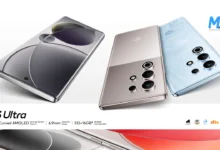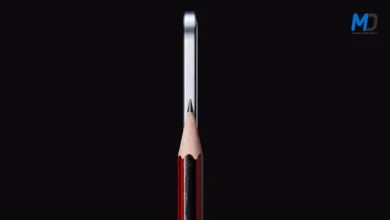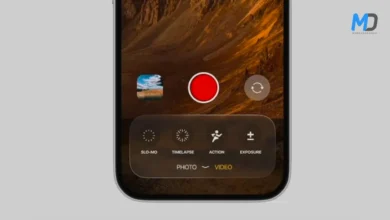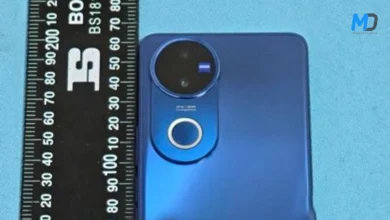Asus Zenfone 9 revealed still small, but faster, longer lasting
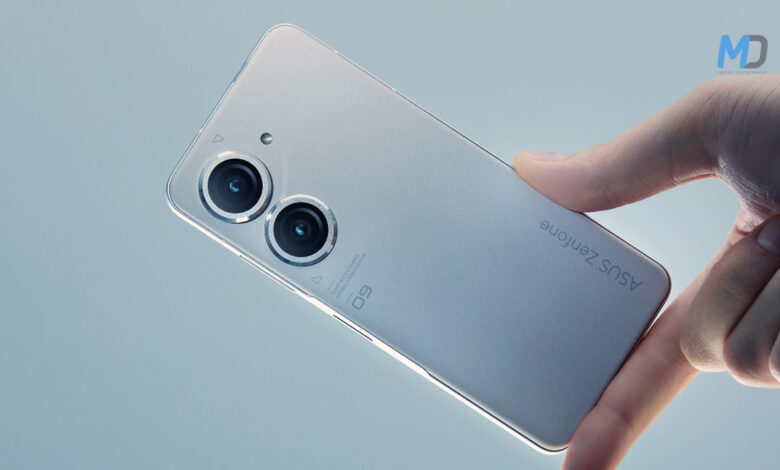
Asus Zenfone 9 revealed still small, but faster, longer lasting. The Asus Zenfone 9 is really a little bit smaller than the Zenfone 8, but it adds a larger camera sensor, larger battery, a larger VC for the CPU, and other major stuff.
The 9-series phone is one of the smallest Android flagships at 146.6 x 68.2 x 9.5mm and 165g. Despite not being tiny, it has a powerful punch. It has the latest Snapdragon 8+ Gen 1 chipset as its power source, and Asus replaced the Zenfone 8’s heat pipe with a sizable vapor chamber to keep it cool. Three memory options are available: 8/128GB, 8/256GB, and 16/256GB (LPDDR5 RAM and UFS 3.1 storage).
MicroSD card slots are absent (there weren’t any). There is no microSD card slot, just as there was none the previous year. The phone will receive at least two years’ worth of security upgrades in addition to two major OS updates and nearly stock Android 12 at launch. Rewinding to the body for a moment, aluminum is used to create the mid-frame.
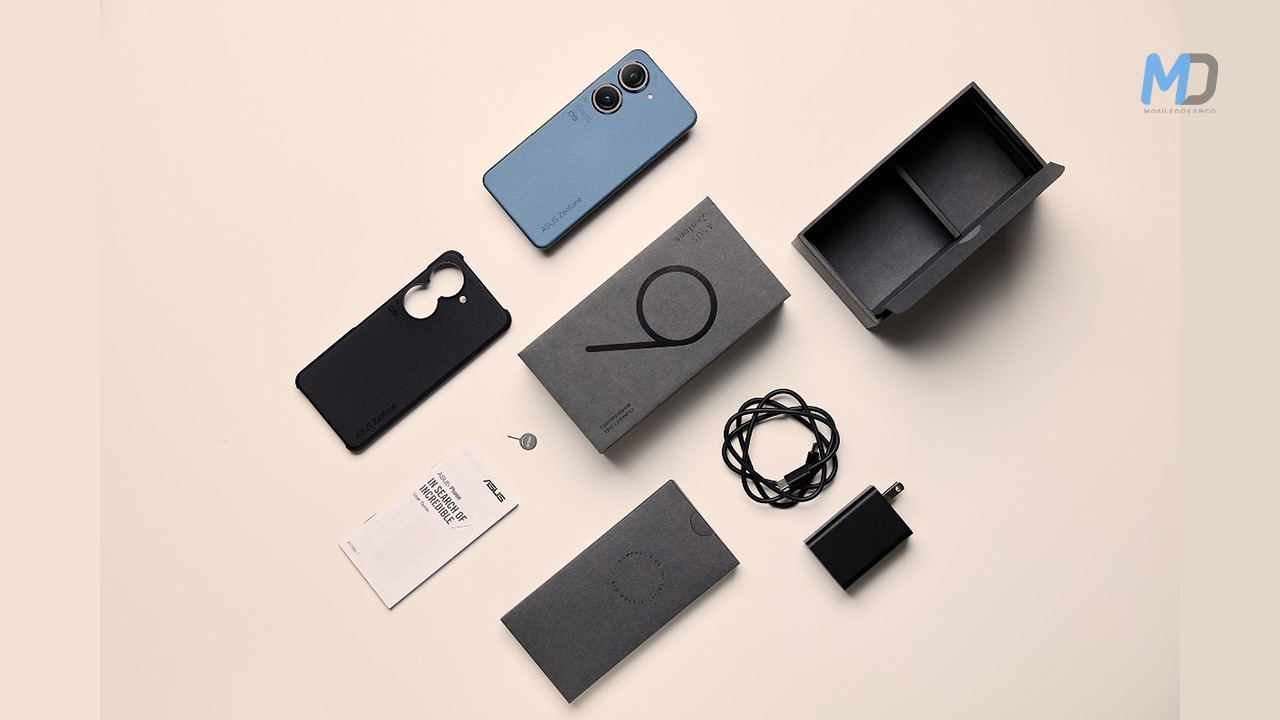
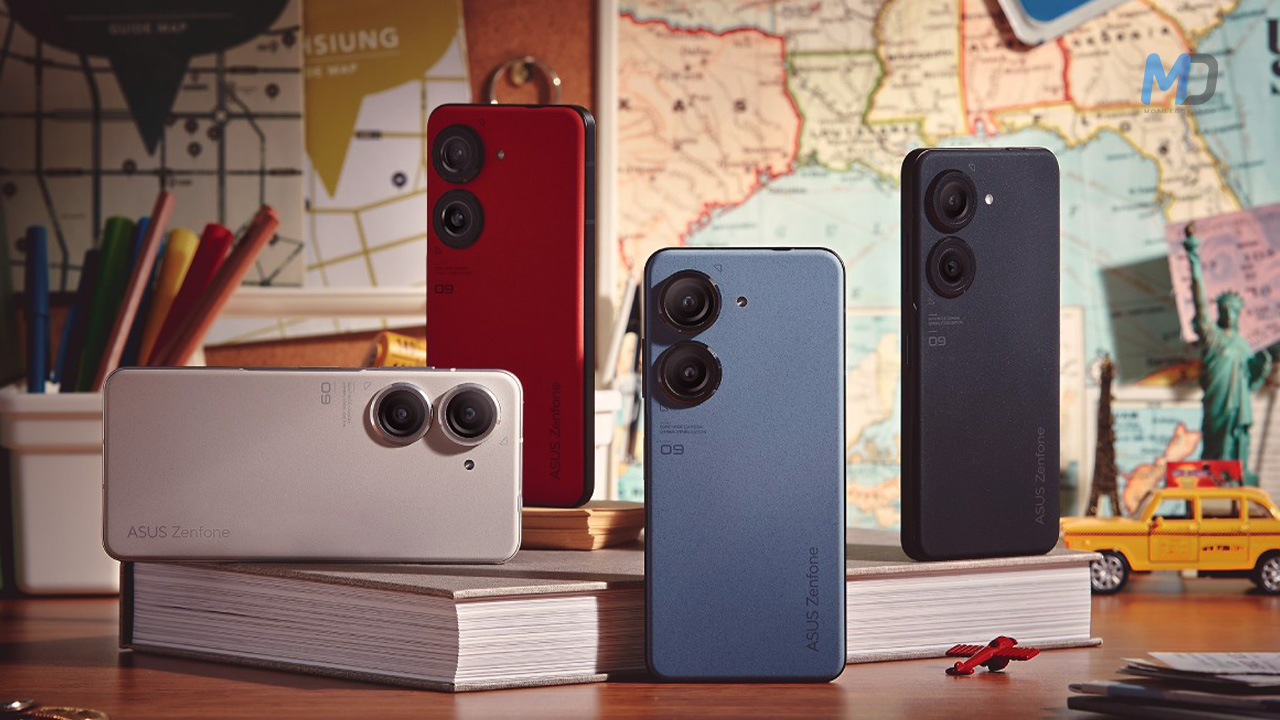
The polymer material used for the rear is more shatter-resistant than glass and more scratch-resistant than plastic. The phone’s front is protected by Gorilla Glass Victus and has an IP68 rating for water and dust protection. Samsung’s HDR10+ OLED panel with a 1,080 x 2,400 pixel resolution is used for the 5.9″ display (20:9, 445ppi). It boasts a 240Hz touch sampling rate and a refresh rate of 120Hz (with choices for 90 and 60Hz).
Asus Zenfone 9 revealed still small, but faster, longer lasting
It is a brilliant display with a 1,100 nit maximum and 800 nits at 100% APL (i.e. an all-white display). To provide a high-quality image at all times, Asus calibrated the panel at two different brightness settings (average deltaE 1). 112 percent of DCI-P3 and 151.9 percent of sRGB are covered by the display.
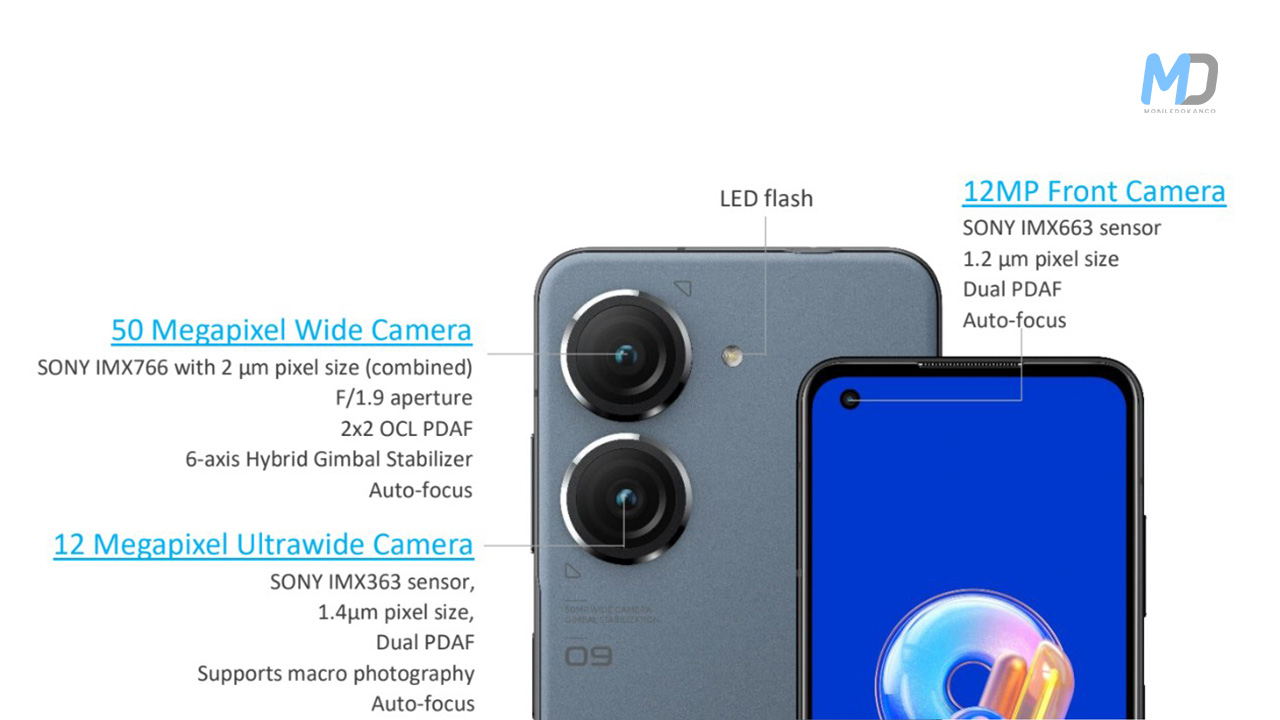
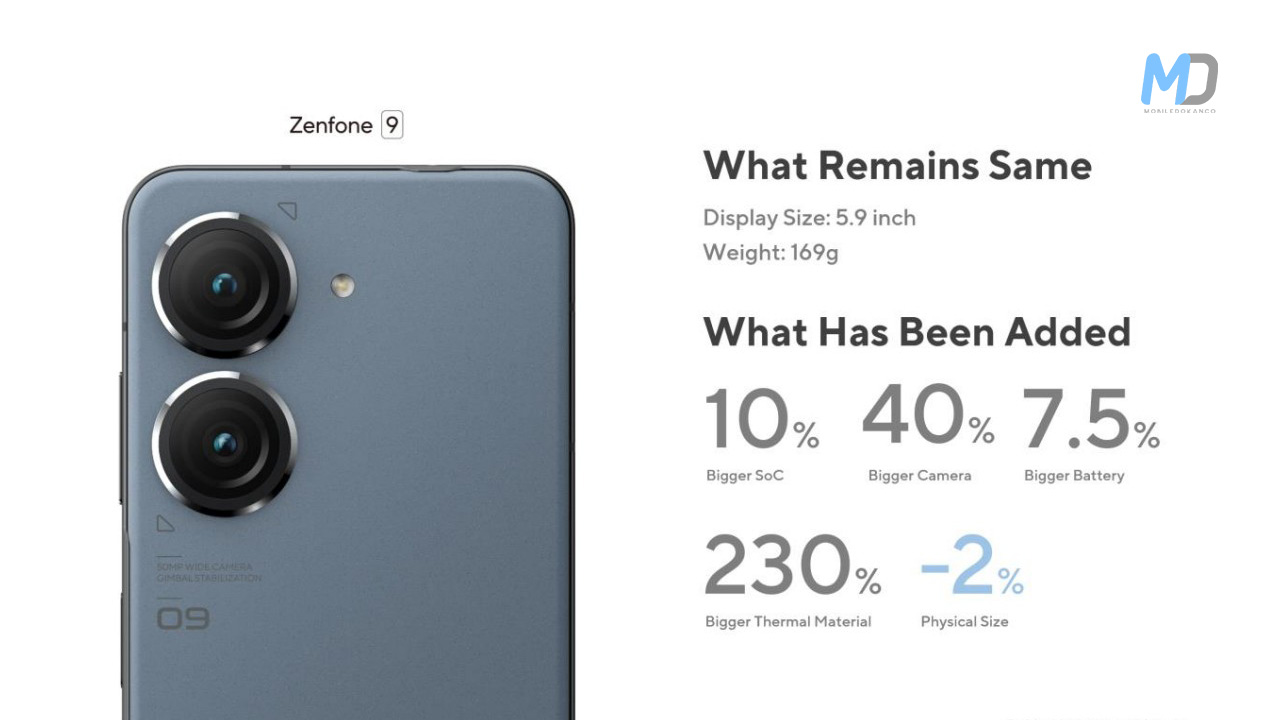
Both an Always On mode and DC dimming at low brightness levels are supported. Three Sony sensors are used in the Zenfone 9’s cameras. The 50MP IMX766 (1.56″, 1.0 m pixels) is installed in the main module on the back of the camera. The 6-axis hybrid gimbal stabilizer in this module is three times more efficient than a typical OIS.
Although this phone lacks a telephoto lens, the IMX766 can do a 2x lossless zoom (at 16MP resolution). A 113° ultra-wide module built around the 12MP IMX363 (1/2.55″, 1.4m) serves as the secondary camera. This one also boasts autofocus, allowing for macro photography (up to a distance of 4 cm), and sophisticated EIS for hyper-steady stabilization.
